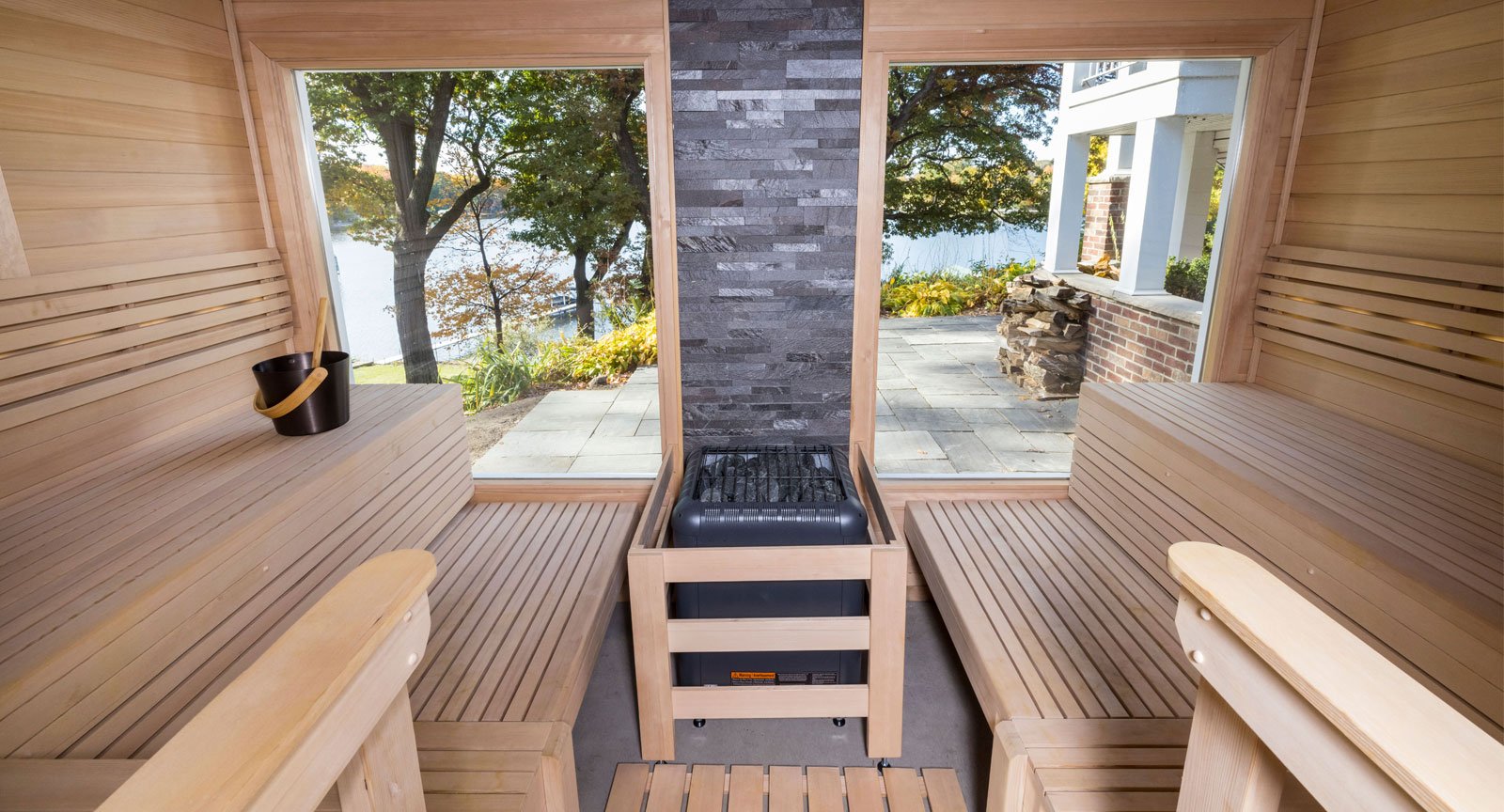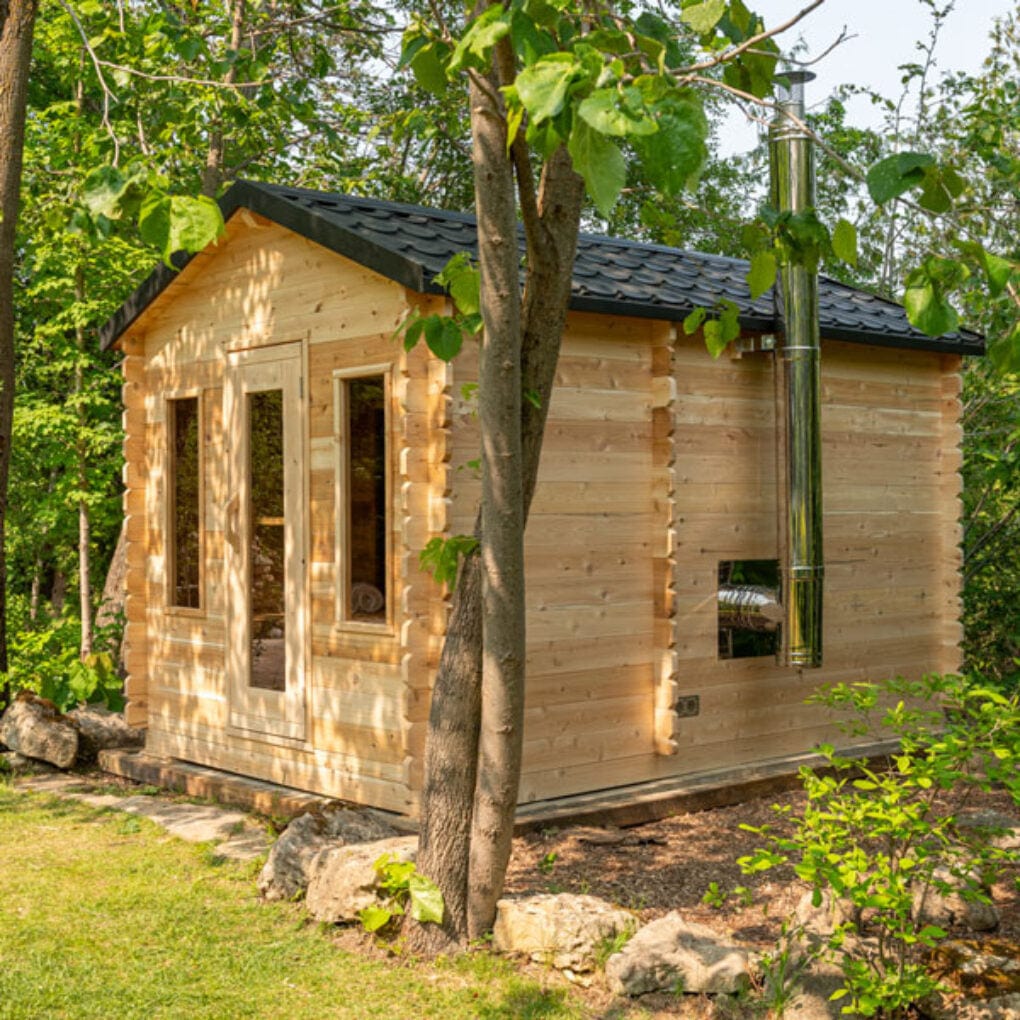5 Simple Techniques For Traditional Sauna
Table of ContentsExcitement About Traditional SaunaEverything about Traditional SaunaIndicators on Traditional Sauna You Need To KnowRumored Buzz on Traditional Sauna
The majority of the weight shed in a sauna is water loss and is re-gained upon rehydrating. Without a question sauna can be an essential part of a healthy and balanced weight loss program. To consider the differences in between standard and IR saunas, I will separate these into proven, academic, and made distinctions.Hence, the hottest point in the saunawhich is at the ceiling directly over the sauna heateris normally between 185 and 190 F. Traditional Sauna. Claims that a conventional sauna goes beyond 200 F is simply not true and not appropriate for electrical saunas sold in the US. The temperature for a far-infrared sauna is usually established between 120 and 140 F; nonetheless, unlike the typical sauna, the objective in and IR room is not to achieve a heat
Due to the fact that of this, the temperature level distinction is virtually pointless, because excessive sweating causes both sauna kinds, yet the approach of warming the body is different. In an IR sauna the bather will certainly feel warm and will sweat profusely, yet at much reduced temperatures. Hence, if the goal is to spend longer amount of times in the sauna, the IR sauna is an excellent option.

Traditional Sauna Fundamentals Explained
When the high temperature is accomplished, the components cycle on and off to preserve the heat. Most conventional sauna individuals delight in putting water over the rocks to create steam to raise sauna humidity degrees. The benefits of putting water over the rocks consist of: making the room more comfy, dampening the nasal flows, and enabling the usage of aromatherapy by blending vital oils with the water.
In a far-infrared sauna, the heat waves pass through the body to effectively heat the body and increase the body core temperature. To accomplish this enhanced temperature level, Far-infrared emitters create infrared energy which is close to the exact same wavelength as that which the body naturally emitsoften referred to as the "Vital Range" of 7 to 14 microns), so the power is well obtained by the body.
When the power enters the body, it creates click this site the body temperature level to increase and eventually causes perspiration. In an infrared sauna it is necessary for the emitters/heaters to continue to be on virtually constantly. Given that there is no mass of rocks to retain heat, the sauna will cool if the emitters shut down.
As pointed out over, the sauna bather in an infrared space intends to place himself before operating emitters to obtain optimal take advantage of the heat. The home heating time for both spaces can be extremely various, depending upon how the spaces are used. For a typical sauna, a bather ought to permit 30-40 mins for the room to accomplish a desired temperature level and to appropriately pre-heat the rocks.
Getting The Traditional Sauna To Work
A well built sauna will generally achieve a temperature level of 150-160 F in concerning 30-40 mins. For hotter temperature levels, the room may need to heat for a longer duration.
To some, 15 minutes was "thrown away" while the infrared power warmed the timber panels instead of warming a body, while others discover a pre-heated space to be more comfy and think an elevated starting temperature is required to start sweating. The length of recommended usage for every room is about the same (10-15 mins per session); however, because of the reduced air temperatures and the capacity to really feel the results of infrared warmth quicker than a standard sauna, it is not unusual for a person to invest an overall of 20-30 minutes in an infrared sauna.
Standard saunas often tend to be bigger (thus use more electricity) than infrared saunas, although typical saunas are absolutely available in one and two individual sizes. For a two-person typical sauna, 5x6 or 5x7 size is most popular. The leading bench can easily seat two or 3 individuals and is also long sufficient to lie down during the sauna session.


The average expense per kWH of electrical power in the U.S. is approximately $0.11, so a 4.5 kW heater will certainly cost around $.50 to compete one hour, if the heating system runs continuously for one hour. Commonly a sauna heating system will best site certainly run for 75% of the very first hour and 50% of succeeding hours on given that the components cycle once navigate to this site the set temperature level is accomplished.
The Best Strategy To Use For Traditional Sauna
A 2 person far-infrared space is generally literally smaller than a conventional sauna, usually regarding 4' x 4' or smaller sized. The IR furnace is generally 1.5-1.7 kW making use of a 120 volt 15 amp plug-in solution. Considering that the area can be used quicker than a sauna space, we will certainly assume the space is used for to of an hour including warm up time.
There is a hardly ever gone over distinction in the social experience between the 2 rooms. While our society has lost several of the social advantage of the standard sauna experience, it can be very socially satisfying. From family members time in the sauna, to heart-felt discussions with better halves, to sauna partiesthe conventional sauna experience can cause intimate mingling.
Many higher end infrared rooms include tinted light therapy, sound systems and full-glass fronts.
Comments on “The Main Principles Of Traditional Sauna”